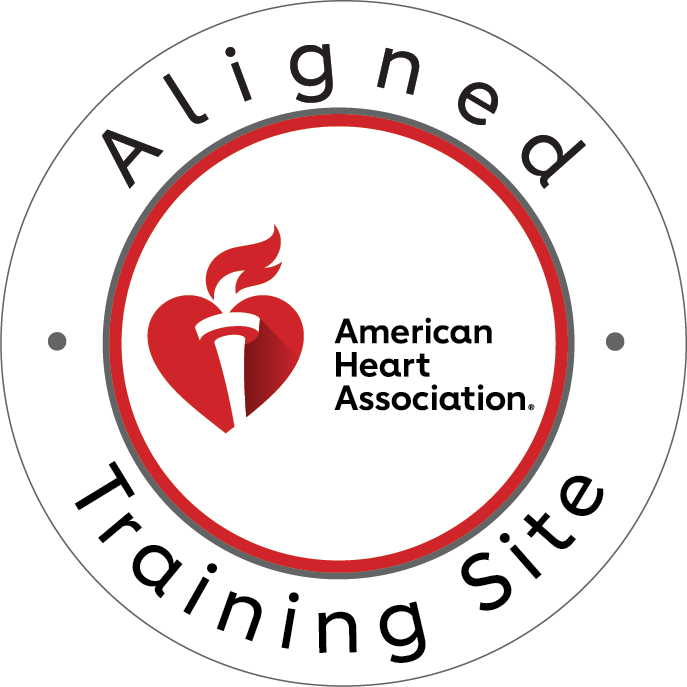Introduction
Imagine this: You’re feeding your baby, and suddenly they start choking. Panic sets in. Would you know what to do? Infant CPR (Cardiopulmonary Resuscitation) is a life-saving skill that every parent, grandparent, and caregiver must learn. This guide will walk you through the ABCs of Infant CPR, equipping you with essential knowledge to act confidently in an emergency.
Why Every Parent Must Learn Infant CPR
- Infants are highly vulnerable to choking and respiratory distress.
- CPR can double or even triple the chances of survival in a cardiac emergency.
- Learning Infant CPR provides peace of mind and confidence in emergency situations.
Understanding Infant CPR: The Basics
What Is Infant CPR?
Infant CPR is a specialized form of cardiopulmonary resuscitation designed for babies under one year old. It involves gentle yet effective chest compressions and rescue breaths to maintain oxygen circulation until professional help arrives.
When to Perform Infant CPR
- If the baby is unresponsive and not breathing.
- If the baby is gasping for air but has no normal breathing.
- If the baby’s skin turns blue, indicating a lack of oxygen.
The ABCs of Infant CPR: A Step-by-Step Guide
A – Airway: Check for Blockage
- Place the baby on a firm, flat surface.
- Gently tilt the head back to open the airway.
- Look inside the mouth for visible obstructions but do not perform a blind finger sweep.
B – Breathing: Rescue Breaths
- Seal your mouth over the infant’s nose and mouth.
- Give two gentle breaths, each lasting about one second.
- Watch for the chest to rise.
C – Circulation: Chest Compressions
- Use two fingers to press down in the center of the chest, just below the nipple line.
- Compress about 1.5 inches deep at a rate of 100–120 compressions per minute.
- Perform 30 compressions followed by two rescue breaths.
Choking vs. Cardiac Arrest: Recognizing the Difference
- Choking: The baby is unable to cry, cough, or breathe due to an obstruction.
- Cardiac Arrest: The baby is unresponsive, not breathing, and has no pulse.
What to Do for a Choking Infant
- Back Blows: Hold the baby face-down on your forearm and deliver five firm back blows.
- Chest Thrusts: Turn the baby’s face up and apply five chest thrusts using two fingers.
- Repeat Until the Object is Dislodged or the Baby Becomes Unresponsive.
If the baby becomes unresponsive, start Infant CPR immediately.
Common Mistakes in Infant CPR (And How to Avoid Them)
- Pressing Too Hard or Too Soft – Use just enough force to compress the chest 1.5 inches.
- Blowing Too Forcefully – Infant lungs are delicate; gentle breaths are essential.
- Delaying CPR – Every second counts; begin compressions immediately if the baby is unresponsive.
The Importance of CPR Certification Tampa
Getting CPR certified through a reputable training center, such as CPR Tampa, ensures that you know the correct techniques and procedures for Infant CPR.
Benefits of CPR certification Tampa:
✔ Hands-on training with certified instructors
✔ American Heart Association (AHA) approved courses
✔ Real-life simulations to boost confidence
✔ Stress-free learning environment
Enhance Your Emergency Response Skills with PALS Certification Tampa
For healthcare providers and medical professionals, PALS certification Tampa (Pediatric Advanced Life Support) offers in-depth training to handle pediatric emergencies, including Infant CPR. This course is crucial for doctors, nurses, paramedics, and first responders.
Call to Action: Get Certified Today!
Don’t wait for an emergency to realize the importance of Infant CPR. Equip yourself with life-saving skills by enrolling in an Infant CPR certification course at CPR Tampa today.
🔹 Sign up for CPR certification Tampa now!
🔹 Medical professionals—boost your skills with PALS certification Tampa!
Visit CPR Tampa to book your class and become a certified life-saver.





